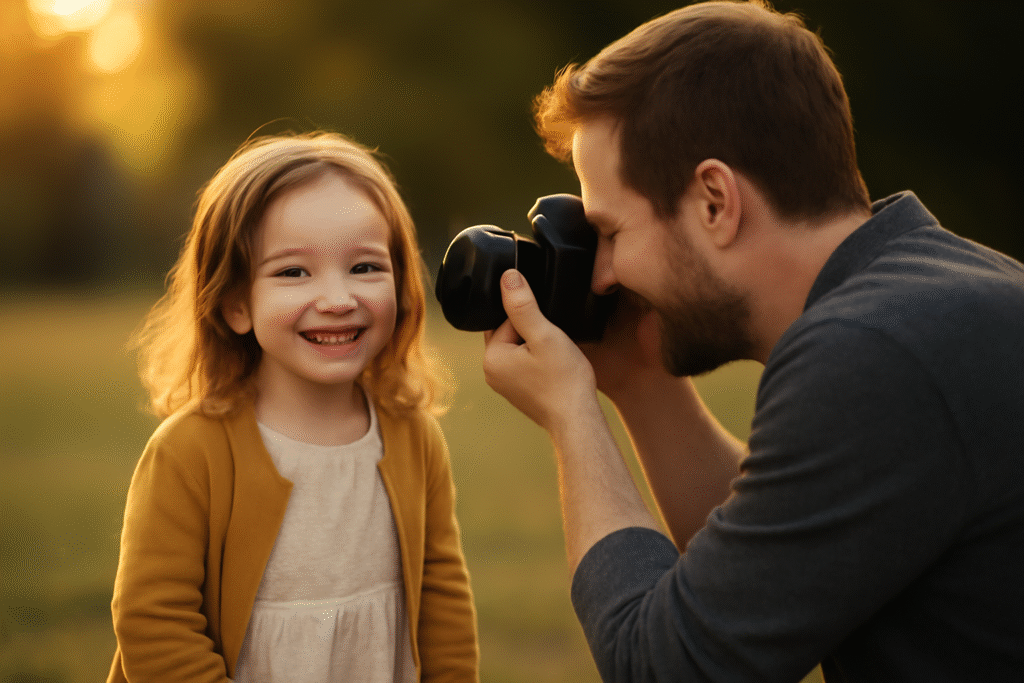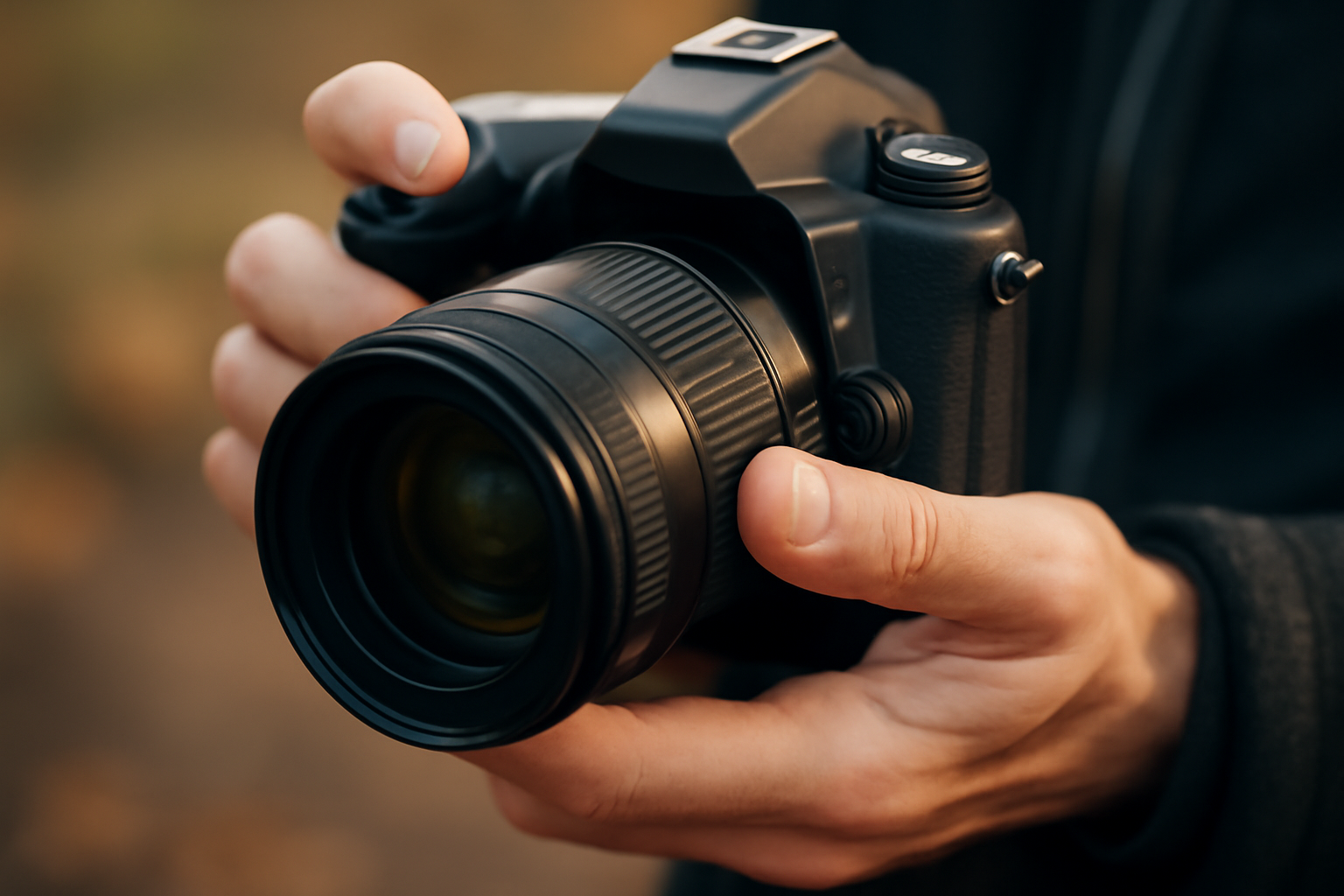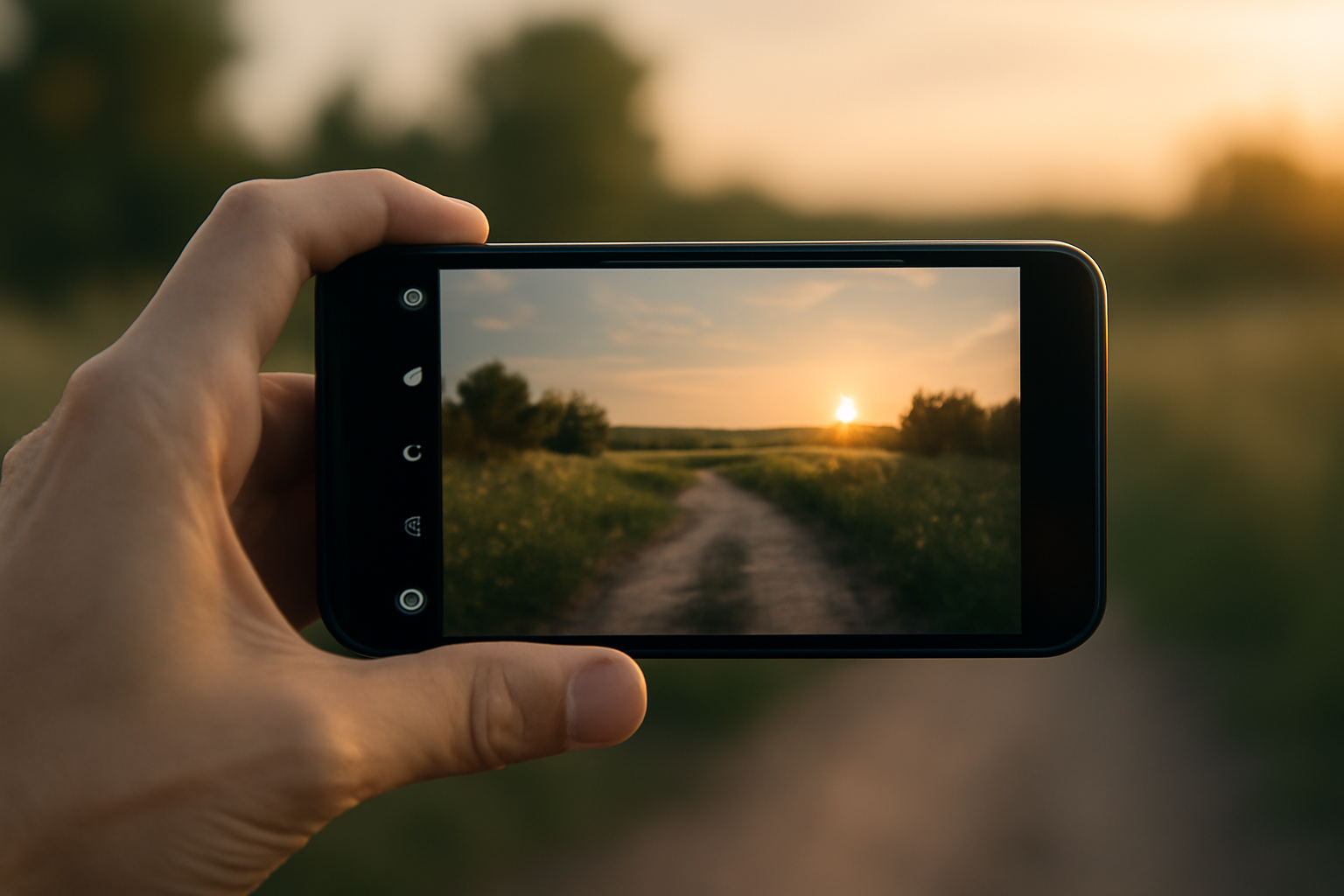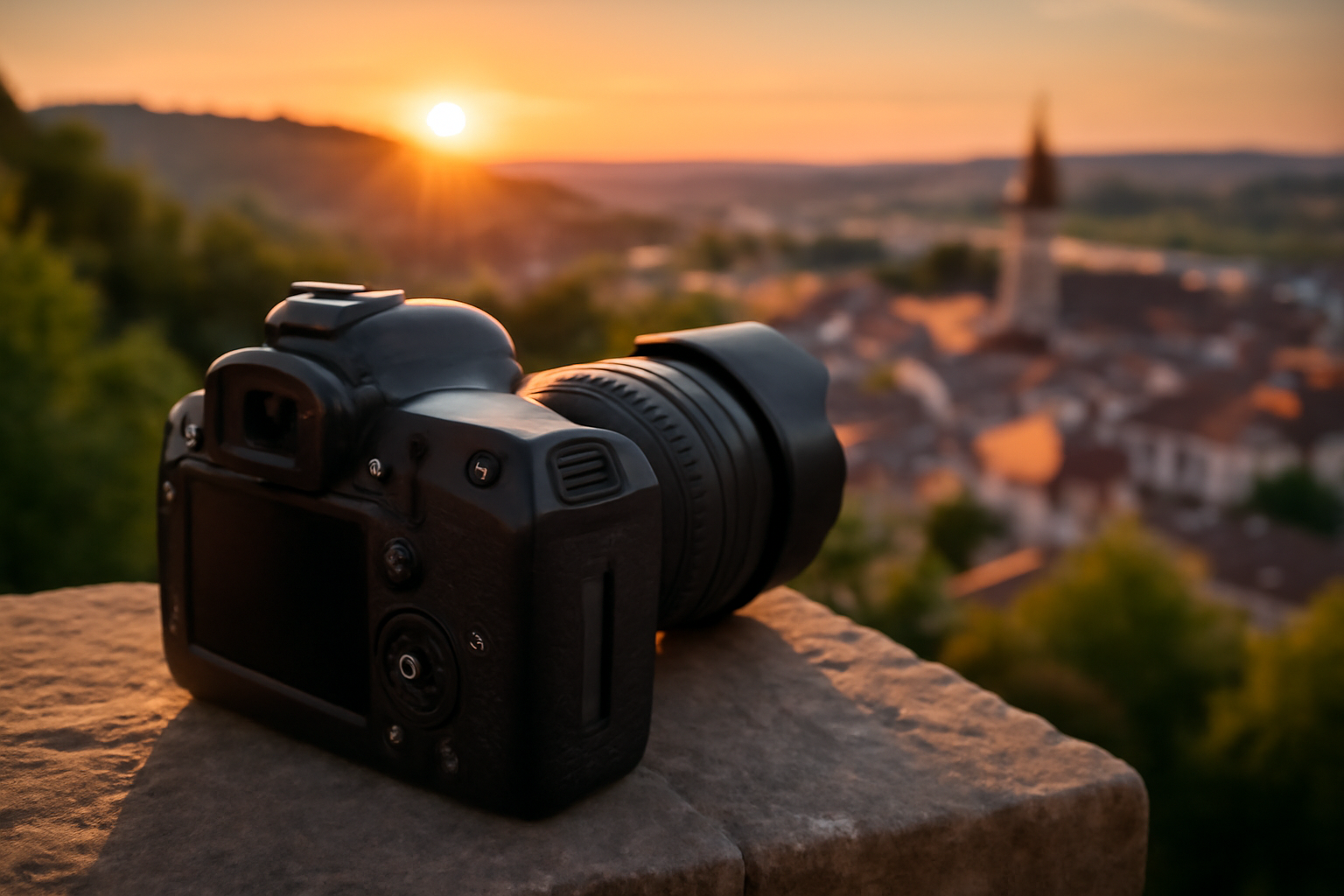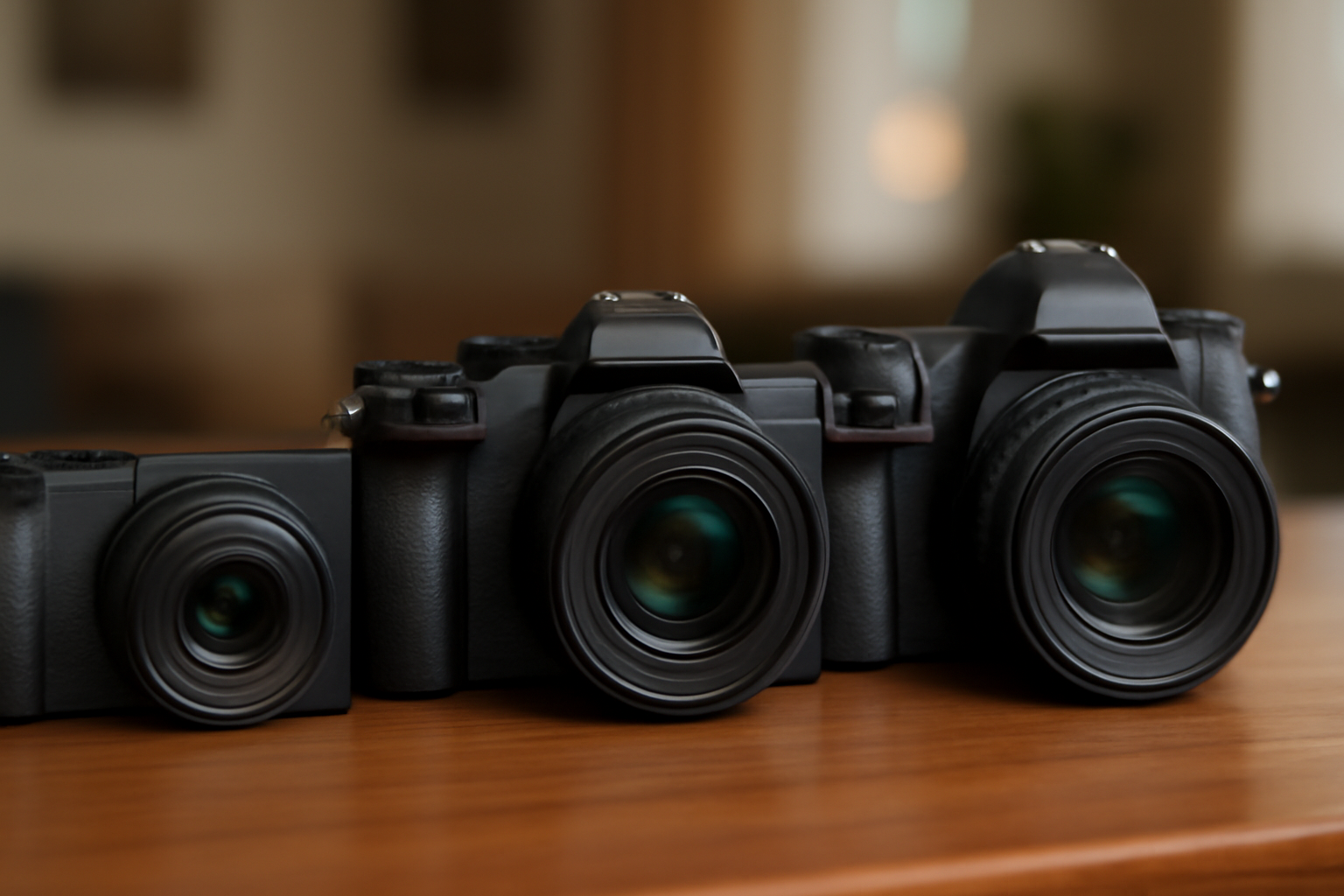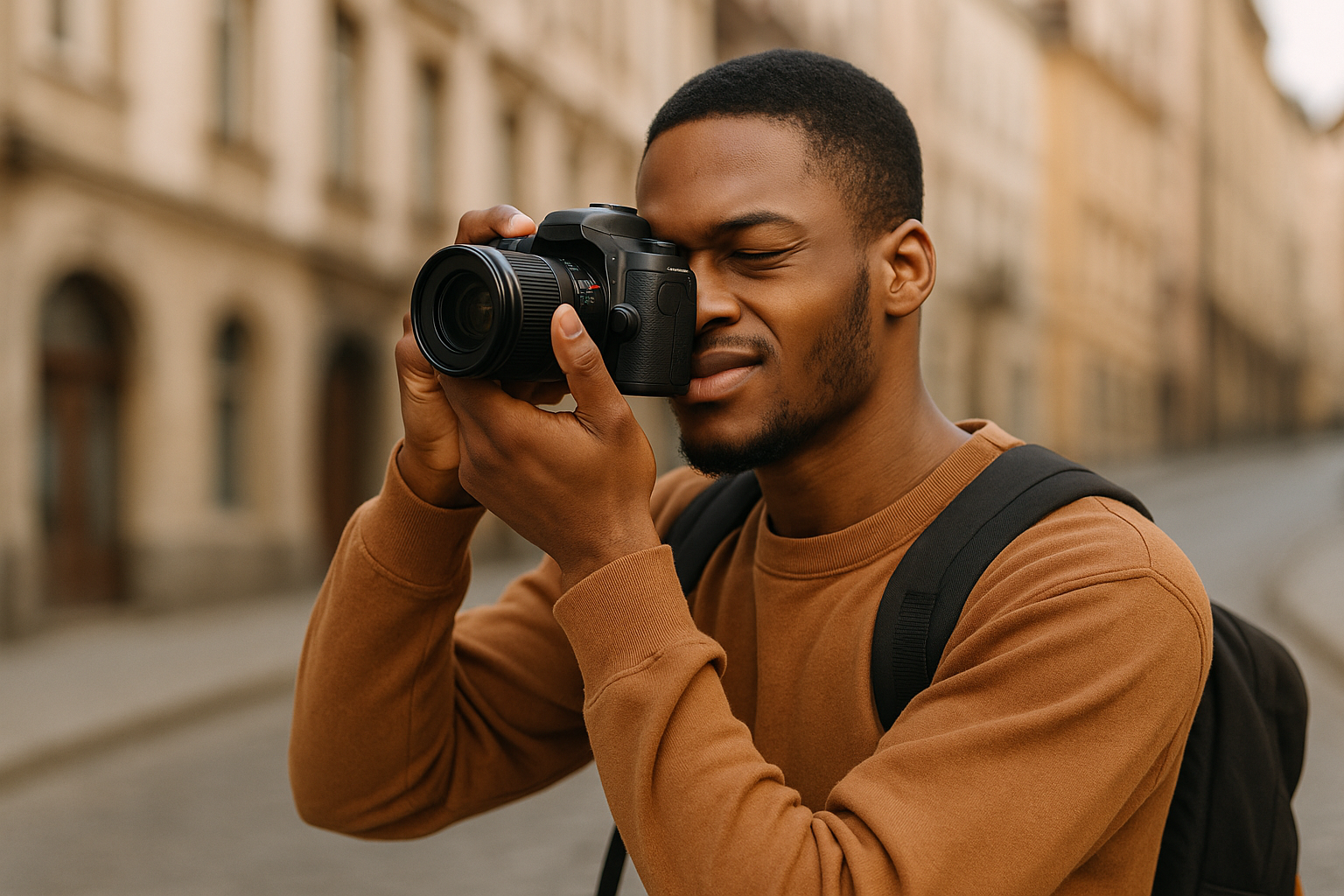Photographing children is a unique experience. It can be chaotic, emotional, hilarious, unpredictable—and also incredibly rewarding. Whether you’re a beginner photographer looking to expand your skills or a parent who wants to capture more authentic moments of your kids, learning how to photograph children well is both an art and a process.
Unlike adults, children don’t pose naturally, rarely sit still, and almost never follow instructions exactly the way you plan. And that’s what makes it beautiful.
This guide is made for you, the beginner photographer who wants real, useful advice—not robotic steps or complicated gear setups. You’ll find practical tips, real-world insights, and inspiration to help you approach children’s photography with more confidence and creativity.
Understand That Kids Aren’t Miniature Adults
The first mindset shift you need is this: photographing kids is completely different from photographing adults. Adults will try to cooperate (even if they’re shy), but kids? They’ll test your patience, ignore your direction, and do their own thing—until they forget the camera is there. And that’s when the magic happens.
Don’t try to force children into rigid poses or control every moment. Your job is to observe, guide gently, and anticipate rather than direct.
Expect spontaneity. Embrace it.
Tip 1: Build Connection Before You Shoot
Children don’t trust strangers instantly—and that includes you, the photographer.
Before you even pick up the camera:
- Talk to the child at their eye level.
- Ask about their favorite cartoon, superhero, or toy.
- Let them “help” you hold the camera or press a button.
- Share a silly face or make a fun noise.
Even two minutes of friendly engagement can change the whole session. Once they see you as a fun adult, not just a camera-holder, they’ll be far more relaxed.
A relaxed child = better expressions, more authenticity, less resistance.
Tip 2: Use Natural Light as Much as Possible
Kids move. A lot. Which means you need fast shutter speeds and forgiving light.
Whenever possible, use natural light:
- Window light is perfect for indoor portraits.
- Shade on a sunny day gives soft, flattering tones.
- Golden hour (right after sunrise or before sunset) creates dreamy, warm light.
Avoid harsh midday sun unless you’re using shade or diffusers. Indoors, turn off artificial lights to prevent mixed color temperatures and shoot near a big window.
And don’t be afraid of a cloudy day—it gives you an even, soft light that’s perfect for child portraits.
Tip 3: Keep It Short and Sweet
Children have very short attention spans. Expect that.
Plan for mini-sessions:
- 20 to 30 minutes is usually the sweet spot.
- Don’t spend too much time trying to “get the perfect shot.”
- If the child gets tired or cranky, take a break—or stop altogether.
It’s better to get 10 great images in 20 minutes than to push for an hour and end with a frustrated child (and parents).
Photographing kids is like fishing: be patient, stay alert, and be ready when the moment comes.
Tip 4: Let Them Move!
Trying to get a child to “stand here” and “smile” is often a losing battle. Instead, incorporate movement into the shoot.
Some ideas:
- Ask them to run toward you.
- Let them jump on a bed.
- Tell them to spin in circles.
- Have a race with a sibling or parent.
- Ask them to chase bubbles or play tag.
Action brings out genuine expressions, bursts of laughter, and natural poses you couldn’t have choreographed. Set your shutter speed high (1/500 or faster) and capture the energy.
Bonus: you’re also building trust because you’re allowing them to be themselves.
Tip 5: Be a Silent Observer
One of the most powerful approaches to child photography is becoming invisible.
Instead of constantly giving direction, step back. Let the child engage with a toy, explore the environment, interact with their parent or sibling—and quietly observe.
This is where you’ll catch the pure, unscripted moments:
- A look of wonder
- A deep belly laugh
- A quiet stare
- A messy snack face
- A toddler mid-dance with wild hair
Candid moments speak louder than posed smiles. And for parents, these images hold emotional value for life.
Tip 6: Shoot from Their Level
One of the most common beginner mistakes? Shooting children from adult height.
To create images that feel immersive and connected, get down to the child’s level. Kneel, squat, or lie on the ground if needed. When you’re on their eye line, the composition becomes more powerful, intimate, and personal.
Bonus tip: also try some shots from unusual angles—overhead, behind the child, or focusing on little details like hands or feet. Variety keeps the gallery more interesting.
Tip 7: Focus on the Eyes (But Be Flexible)
In portrait photography, the eyes are everything—especially with children, whose expressions change in a heartbeat.
Use continuous autofocus (AF-C or AI Servo) with face/eye detection if your camera allows it. Set your aperture wide enough to blur the background (around f/2.8 to f/4), but not so shallow that you risk missing focus.
That said, some magical moments aren’t perfectly sharp. A blurry giggle or a motion-blurred twirl can still carry more emotion than a technically perfect image.
Don’t be so obsessed with sharpness that you miss the story.
Tip 8: Keep Your Gear Simple
You don’t need tons of gear to photograph children. In fact, less is often more.
What you need:
- A reliable camera with good autofocus
- A fast prime lens (like 35mm or 50mm f/1.8)
- Extra batteries and memory cards
- A comfortable strap or harness so your hands are free
If you’re photographing indoors, consider a reflector or a portable LED light—but only if the child is comfortable with it. Big lights or modifiers can be intimidating to little ones.
Focus more on your connection than on your kit.
Tip 9: Involve the Parents (But Set Boundaries)
Parents can be helpful—or distracting.
Before the session:
- Ask parents to help with things like clothing, snacks, and props.
- Tell them to let you lead the session unless the child needs comfort.
During the shoot:
- If the child looks to the parent for approval, have them stand behind you.
- Avoid the parent constantly yelling “Smile!” — it stresses the child and ruins natural expressions.
Sometimes, including the parent in the frame (even partially) creates beautiful images full of warmth and security. Don’t be afraid to invite that interaction.
Tip 10: Capture the In-Between Moments
Some of the best photos happen between the “official” shots:
- While adjusting clothes
- When a child thinks the shoot is over
- When they’re resting or caught in a quiet moment
Always keep your camera up. Watch for transitions. A yawn, a glance, a stretch—they’re all storytelling gold.
This also builds a more honest and emotionally rich gallery for the family.
Tip 11: Bring Distractions (the Right Kind)
Kids get bored fast. Come prepared.
Have a small bag of:
- Bubbles
- A feather duster or soft toy
- A mirror
- A noise maker or bell
- Stickers or silly glasses
Use them sparingly—just enough to spark laughter or surprise. You don’t want to over-stimulate the child. A well-timed giggle can create magic, but constant entertainment can ruin focus.
Also, don’t forget the classic trick: ask them to show you their silliest face — and be ready to capture the real smile that follows.
Tip 12: Accept Imperfection
Child photography isn’t about symmetry, perfect backgrounds, or clean compositions. It’s about emotion, energy, and authenticity.
You’ll have missed shots. Some photos will be crooked, noisy, or chaotic. That’s okay.
What matters is that the images feel alive.
Learn to love the realness. Parents aren’t hiring you for textbook technique—they want photos that remind them who their child really is.
Bonus: Communicate With the Parents
Especially if you’re just starting out, take time to educate the parents before the session. This avoids confusion, disappointment, and unrealistic expectations.
Let them know:
- What to bring (snacks, change of clothes, favorite toys)
- That not every photo will be a perfect smile
- That some of the best shots come from free play
- That you’ll take breaks as needed
When parents understand your approach, they’ll relax—and that calm energy passes on to the kids.
Bonus: Edit With a Soft Touch
When it’s time to edit child portraits, avoid going too heavy. Preserve the natural skin texture, genuine expressions, and organic tones.
Lightroom tips:
- Slight exposure boost and contrast
- Warm white balance for cozy tones
- Gentle skin smoothing only if needed
- Crop for storytelling, not just symmetry
Let the child’s personality shine through the photo. Don’t “over-retouch” their innocence away.
Final Thoughts: Photographing Children Is About Heart
If there’s one thing you should take away from this guide, é isso:
Photographing children isn’t about control. It’s about presence.
It’s about slowing down, tuning in, and being ready when the moment shows itself. It’s about laughing when things go off-plan. About honoring the fleeting nature of childhood—not by freezing it perfectly, but by capturing it honestly.
So don’t stress if the child won’t pose, or if the shoot feels messy. That’s how childhood is.
Lean into the chaos. Find the poetry in the noise. Capture the joy, the wonder, the wildness.
Because those are the images parents will treasure forever.
And those are the moments that make you not just a photographer—but a storyteller of the most beautiful kind.
